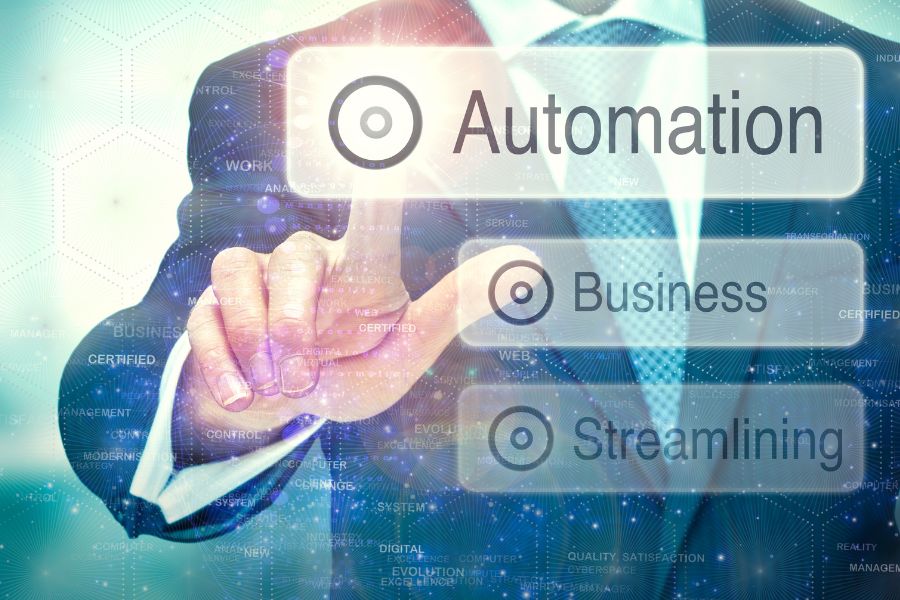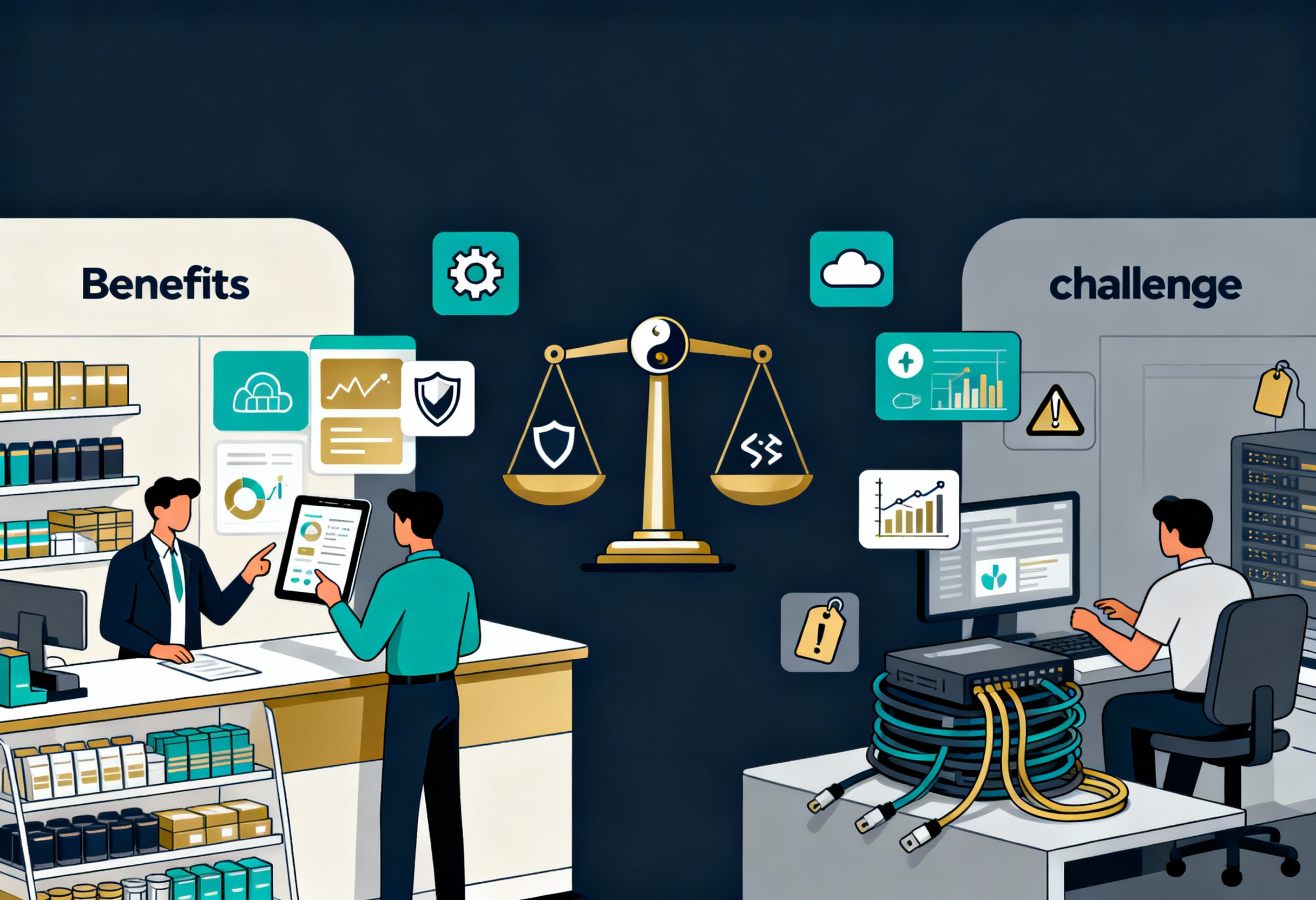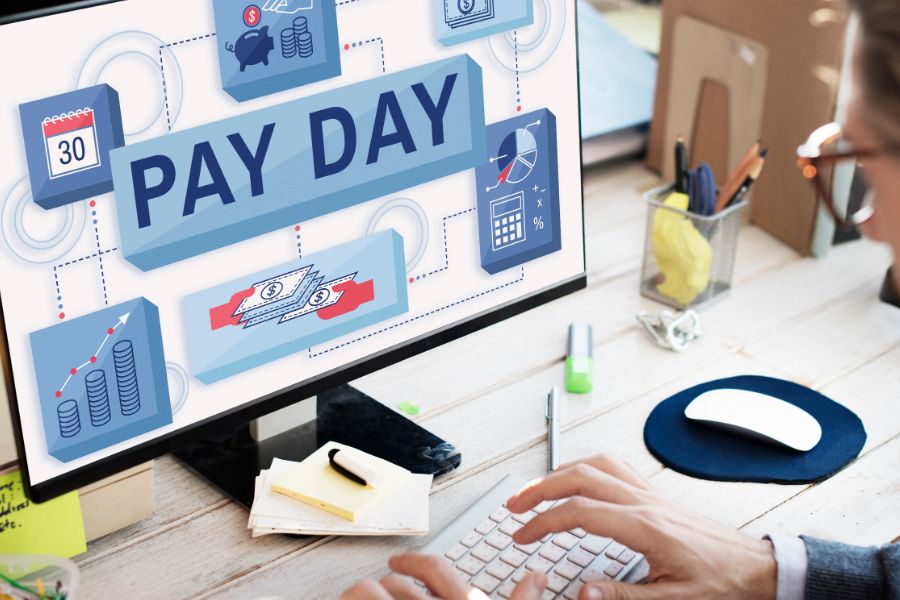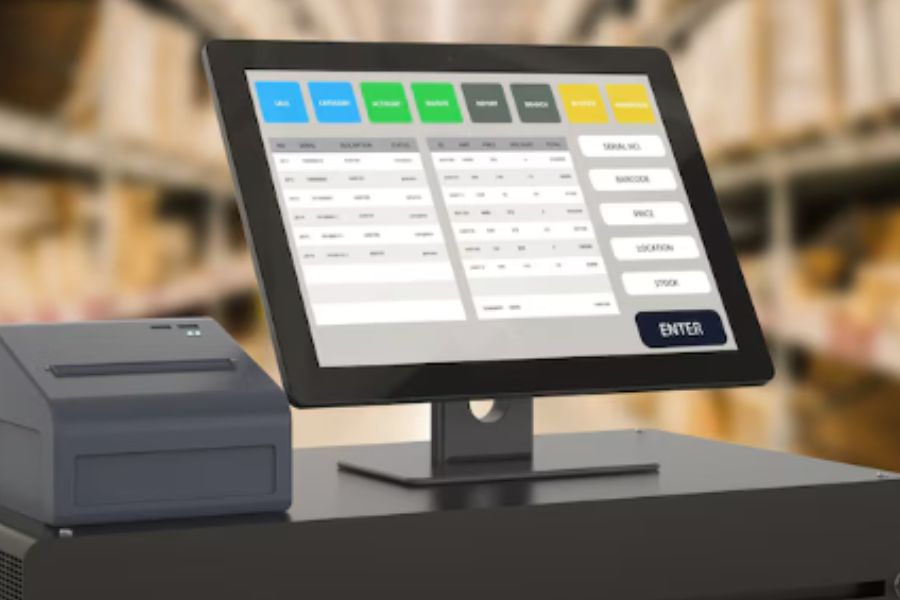Ever notice how some brands seem to reach out at the ‘perfect’ moment? This guide from ConnectPOS breaks down how marketing automation triggers work behind the scenes to turn browsers into buyers, time after time. If your own messages don’t hit as hard, you’re about to see what you’re missing.
Highlights
- Marketing automation triggers are automated responses to specific customer actions or behaviors. These triggers can be clicks, sign-ups, purchases, or even periods of inactivity.
- Triggers make it possible to deliver real personal touches, from welcome emails and birthday rewards to re-engagement offers and product recommendations, all without heavy manual work.
What Are Marketing Automation Triggers?
Marketing automation triggers are the spark that sets off your automated responses. Think of them as those little signs shoppers drop: an abandoned cart, a click, or even a quiet month, that tells your system, “Hey, send this now!” Instead of guessing what shoppers need, you’re reacting to what they’re doing in real-time.
McKinsey reports that brands that nail this kind of real-time personalization capture up to 40% more revenue than peers who lag.
The connection is simple. Actions or inaction from a shopper cue up an instant, relevant response. This isn’t just about sending more emails. It’s about sending the right message, right when it counts.
Common triggers you’ll see in retail:
- Abandoned carts that never make it to checkout
- Visits to key pages, like your newest arrivals or sale items
- Clicks on buttons, banners, or ‘learn more’ links
- Sign-ups for newsletters or accounts
- Purchase anniversaries and birthdays
For perspective, abandoned-cart follow-ups average a 50.5% open rate, far above typical campaigns. That matters, because roughly 70% of all online shopping carts are still left behind. This approach skips guesswork and keeps your marketing engine humming without the need for endless manual check-ins.
Key Types of Marketing Automation Triggers
We’ll break down the real-world types. Each trigger style serves a purpose. Using a mix is how smart brands stay top of mind.
Event-Based Triggers
These kick in when a specific event occurs. A new customer signs up. Someone completes an order. A shopper attends a webinar or downloads a guide. One clear action: one direct response.
68% of consumers say personalized offers make them more likely to act, so tying events to tailored content is worth the effort.
Engagement-Based Triggers
Got a shopper who loves to click through emails but never buys? Or someone who reads every blog post? These triggers respond to deeper engagement, such as opening emails, watching videos, and clicking product links. McKinsey finds that strong personalization lifts conversion rates by 10-30% across categories.
►►► Optimal solution set for businesses: Multi store POS, Next-gen POS, Inventory Management Software (MSI), Self Service, Automation, Backorders
Engagement tells you who’s interested, even if they haven’t made a purchase yet.
Behavior-Based Triggers
Some shoppers keep checking the same product, over and over. Others add items to a cart and bounce. Some go quiet for months. Triggers that react to these patterns can bring back lost customers, recommend products, or push the right promo at the right time.
Emotional Triggers
‘Only 2 left in stock.’ ‘Trending now.’ Social proof and urgency ignite a spark in hesitant shoppers. These triggers feed off feelings: of urgency, exclusivity, and even FOMO. Used right, they move people from “maybe” to “Where’s my wallet?”
Segment-Based Triggers
Not every customer is the same. Segment-based triggers send messages to specific groups, such as those based on location, membership, loyalty tier, or even past purchase history. Reward your ‘VIPs’ with early access.
Welcome new sign-ups with a discount. Treat first-time buyers differently from old hands. This works especially well when integrated with a loyalty program POS system
Time-Based or Date-Based Triggers
The calendar holds power, too. Time-based triggers send messages on birthdays, subscription renewals, seasonal events, or just after a set number of days. Missed someone’s birthday? Don’t worry, automation never forgets.
Benefits of Trigger-Based Automation
You don’t just send more emails or texts. You send them better. That’s the real win with marketing automation triggers.
Better Timing
Messages go out right when interest peaks, not an hour later. Not two days too late. Real-time triggers keep your brand in the conversation when it matters.
More Relevant Content
Forget ‘spray and pray’ campaigns. Triggered responses are built on actual user actions, not blind hope. Shoppers get offers, reminders, or updates that actually fit what they care about.
Personalization at Scale
Statista notes that 62% of consumers will leave a brand that doesn’t personalize offers. People want to feel special. Triggers pull in the right name, the right product, and even the right moment.
That’s ‘just for you’ without a giant marketing team. When paired with a CRM POS, this gets even stronger.
Higher Performance
Triggered campaigns aren’t just more personal, they convert better. McKinsey’s research shows personalisation can lift revenues 5-15% and boost marketing ROI up to 30%. Some brands see up to 497% more conversions from triggered flows than regular email blasts. Those aren’t ‘small gains.’
More Efficient Teams
Manual follow-ups? Chasing carts by hand? Forget it. The system handles it all, freeing your team to focus on work that truly requires a human touch.
Venture capital is flowing into this space, with a TechCrunch-reported $200 million round valuing no-code automation at $1.2 billion, a sign of how much efficiency matters.
How Retailers Use Marketing Automation Triggers
You can see triggers in action every day, whether you’re a big chain or a one-shop brand. We’ll show you how the smart retailers do it:
- New sign-up: Welcome email, onboarding tips, or exclusive offers land right away.
- Product browsing: Someone checks the same page again and again. Send reviews, testimonials, or a nudge.
- Cart abandoned: A gentle reminder, or maybe a one-time discount, gets sent out. It’s personal, not pushy.
- Content downloaded: Show off related services or highlight your next big thing. Keep that interest alive.
- Birthday or milestone: Shoppers love to feel seen. Automate thank-yous, birthday rewards, or surprise gifts.
- 30 days of silence: Don’t let them drift. Send a re-engagement note or ask for feedback. Sometimes a simple “Miss you!” gets them back.
Swiss vape retailer Dampfi used ConnectPOS triggers to lift sales by 20% in the first quarter after launch. Yeti Cycles relies on ConnectPOS real-time inventory triggers to keep dozens of dealers in sync worldwide. Combined with report & analytics tools, businesses can track performance and adjust on the fly.
How to Build Trigger-Based Campaigns That Work?
Ready to move beyond random blasts and into real results? Here’s how the best get it done:
Set Your Goals
Are you looking to bring back lost carts? Grow average order value? Drive more repeat visits? Nail down what matters most first.
Map the Journey
Think through the key steps in your customer’s journey. Where do most people bounce? Where do they pause? Spot these points and plan around them.
Pick the Right Triggers
Not every moment calls for a message. Find the spots where a nudge or reminder makes sense. Abandoned carts? Absolutely. Every single click? Maybe not.
Write Like a Human
No one wants another ‘system-generated’ message. Keep the tone warm, relevant, and direct. Throw in the occasional ‘friendly’ quip or a ‘just between us’ vibe. It works.
Use Smart Integrations
ConnectPOS offers its own automation solution and also integrates with other apps like Klaviyo, Mailchimp, and more. Let your automation tool pull live data from every sale, both online and offline. Real triggers need real data.
Track, Tweak, Repeat
Don’t set and forget. A/B test your timing, messages, and offers. What gets clicks? What gets ignored? The best campaigns never stop improving.
ConnectPOS – The Engine Behind Trigger-Based Campaigns
ConnectPOS isn’t just a POS system. It’s the data backbone behind smarter, faster marketing automation. While your marketing platform handles the workflows, ConnectPOS keeps it fed with live, accurate data from every sales channel.
Why retailers choose ConnectPOS to fuel their marketing automation:
- Real-time sync across online and offline stores
- Unified customer profiles with complete order history and segmentation
- Instant updates to automation tools like Atom8, Klaviyo, and Mailchimp
- Loyalty data that supports birthday emails, VIP triggers, and reward-based flows
- Cart and inventory tracking for abandoned cart recovery campaigns
- Multi-store analytics for targeted, location-based outreach
- Real-time sales data for performance tracking and adaptive marketing
- Custom pricing rules tied to customer groups or segments
- Omnichannel loyalty syncing across platforms and devices
- Offline POS mode that still captures data for queued trigger actions
- Built-in compatibility with Shopify POS, Magento POS, WooCommerce POS, and BigCommerce POS
- Tag-based customer attributes for sharper targeting (e.g., “first-time buyer”, “high spender”)
With ConnectPOS feeding your automation engine, you don’t just send messages. You send the right ones, at the right time, backed by real behavior.
FAQs: Marketing Automation Triggers
1. What exactly is a trigger in marketing automation?
A trigger is any action, event, or condition, like clicks, sign-ups, or even no activity, that automatically starts a marketing response. Triggers keep your marketing on time and on target.
2. How do triggered emails differ from scheduled emails?
Triggered emails go out when something happens, like an abandoned cart. Scheduled emails go out at set times, no matter what shoppers do. Triggers react. Schedules don’t.
3. What are the main types of triggers?
Triggers come in several forms. Event-based triggers cover sign-ups and orders. Engagement-based ones use opens or clicks. Behavior-based triggers respond to browsing or inactivity. Emotional triggers use urgency. Segment-based triggers use location or loyalty. Time or date-based ones include birthdays or renewals.
4. Can one automation have multiple triggers?
Yes. Many platforms allow a campaign to start in different ways, such as a form submission or a product view. The point is to cover all your bases, so no shopper slips by.
5. How to choose the right trigger?
Look at your customer journey. Find those key ‘aha’ moments, where a nudge can make all the difference. Match triggers to those spots. Test, adjust, and watch your results climb.
Final Thoughts
Marketing automation triggers turn retail guesswork into science. Brands that use them are never out of step. They’re always in tune with what shoppers actually want. The right message reaches the right person at the right moment, no matter how busy the day gets.
If you’re serious about making your marketing feel personal, fast, and smart, ConnectPOS has what you need. With data you can trust and integrations that just work, there’s no more missed opportunities. Want to see it live? Contact us to learn how ConnectPOS can help you send messages that matter, every single time.
►►► Optimal solution set for businesses: Shopify POS, Magento POS, BigCommerce POS, WooCommerce POS, NetSuite POS, E-Commerce POS



